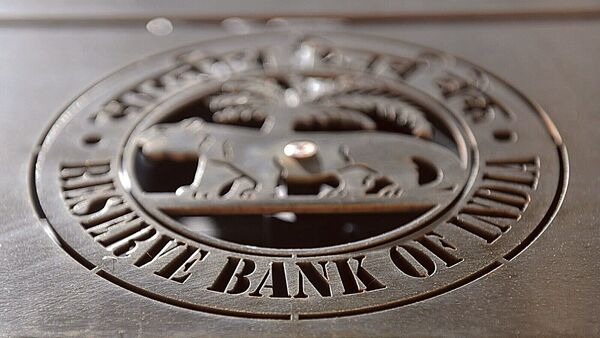The Reserve Bank of India (RBI) on Thursday left its policy repo rate unchanged at 6.5%, to the surprise of those expecting a quarter-percentage-point increase. This, even as it nudged its economic growth forecast for 2023-24 marginally higher to 6.5% from 6.4%. The inflation forecast for the new fiscal year has been lowered a notch to 5.2% from 5.3%. But don’t mistake this seemingly dovish turn as the marker of a rate-cycle peak. It might only be a temporary halt, as RBI Governor Shaktikanta Das said: “Our job is not yet finished and the war against inflation has to continue until we see a durable decline in inflation closer to the target. We stand ready to act appropriately and in time.” Indeed, with last year’s slide in headline consumer inflation to under RBI’s 6% tolerance limit in November and December failing to hold in the subsequent two months, price pressures have not eased sustainably yet. More worryingly, core inflation is hot and sticky. A relief, however, is that our farm outlook is looking up, which is expected to cool food prices. At the same time, India’s economy has shown noteworthy resilience amid a gathering of dark clouds globally. The West’s banking crisis seems in control, but more skeletons could yet tumble out of unwatched closets. Global turbulence would impact India via multiple channels, and our post-pandemic expansion in output is not exactly slump-proof. The Monetary Policy Committee’s pause, letting past rate hikes play out for a bit, has good logic behind it.
The RBI pause reflects the risk of dearer credit cooling off economic activity more than required to tame retail prices as well as a sudden rise in uncertainty. It is unclear how the Opec+ cartel’s oil game could warp the growth-inflation calculus, for example. This scenario is “subject to high uncertainty” as RBI’s outlook puts it. Its inflation forecast assumes Indian-basket crude at an average of $85 per barrel, apart from a normal monsoon, and it will have to stay alert on this front. Given today’s mix of risks, it made sense for the rate-setting panel to wait and watch. Its stance is still “focused on withdrawal of accommodation,” so neutrality in its view still lies ahead. But as rate moves work with a lag and 2.5 percentage points of policy tightening has been done since May 2022—and more if reverse repo action is counted—a couple of months till the panel’s next meeting will allow a better assessment of how well RBI’s tools are working. ‘Slow and careful does it’ seems to be the mantra.
Still, for all of RBI’s hawkish talk, a policy turn in the US will complicate its resolve. Globally, many are betting that a Fed confronted with financial instability (apart from recession risk) will pivot to rate cuts, particularly if its bank-loss backstop fails. Should the US Fed start easing, the effect of capital inflows on our rupee would bring the external front back into the picture amid a trade weakness that’s likely to persist. As output could get hit, cries will likely arise for RBI to align with the Fed and tilt its policy in support of domestic growth. All central banks are faced with hard options as they withdraw covid stimulus, a process that may have further shocks in store. The Fed could also opt to go the distance on inflation, but if it does not, letting debts get inflated away may seem like a convenient way out to others too. RBI’s best option would still be to operate within the constraints of its mandate, though. Even if inflation-targeting attracts flak.
Download The Mint News App to get Daily Market Updates.
More
Less
#RBI #policy #pivot #closer #expected
